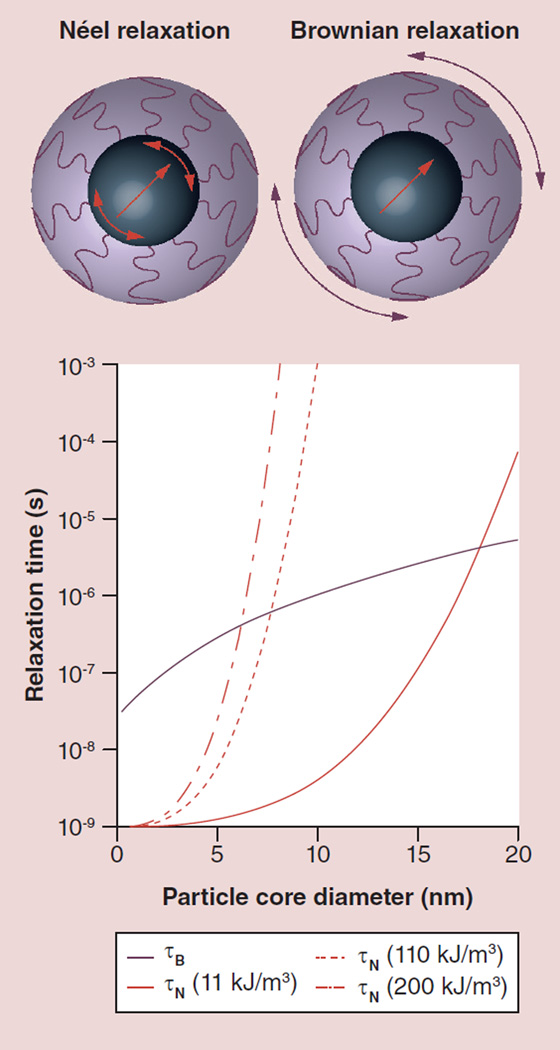Figure 1. Magnetic nanoparticles respond to time-varying magnetic fields through either internal dipole rotation, so-called Néel relaxation, or through physical particle rotation, so-called Brownian relaxation.
The characteristic relaxation times for each mechanism depend on the particle’s core and hydrodynamic diameter, and the magnetocrystalline anisotropy constant of the magnetic core. Calculations shown here are for room temperature, and for the Brownian mechanism assume that the particles are dispersed in water and possess a 2-nm-thick organic shell. Representative values of the magnetocrystalline anisotropy correspond to bulk magnetite (11 kJ/m3), nanoscale or interacting magnetite (110 kJ/m3) and cobalt ferrite (200 kJ/m3).
τB: Brownian relaxation time; τN: Néel relaxation time.

